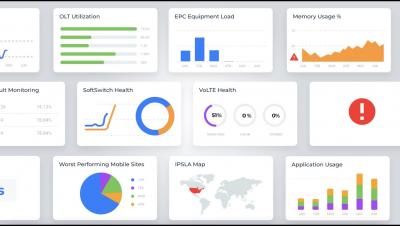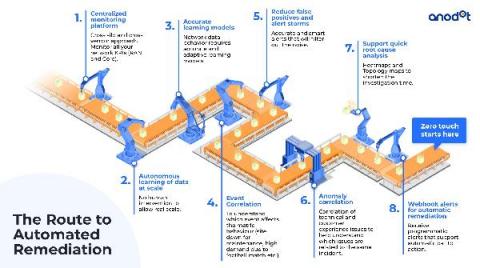Automated Anomaly Detection: The next step for CSPs
Today’s telecom engineers are expected to handle, manage, optimize, monitor and troubleshoot multi-technology and multi-vendor networks, in a competitive and unforgiving market with minimal time to resolution and high costs for errors. With the ongoing growth in operational complexities, effectively managing radio networks, current and legacy core networks, services, and transport and IT operations is becoming a radical challenge.






